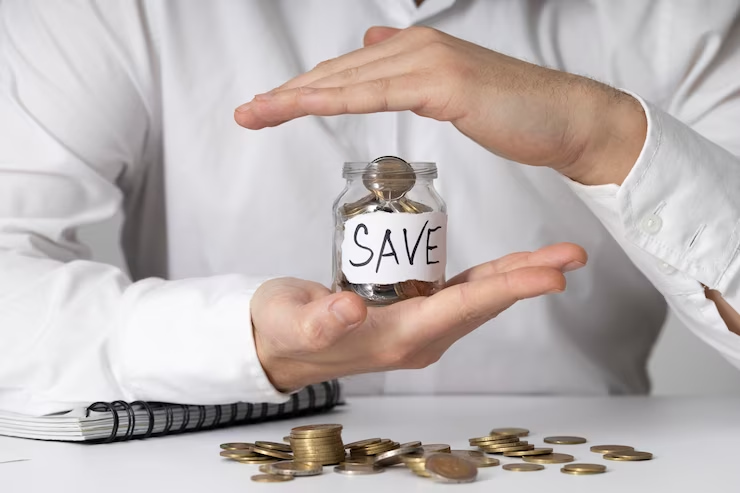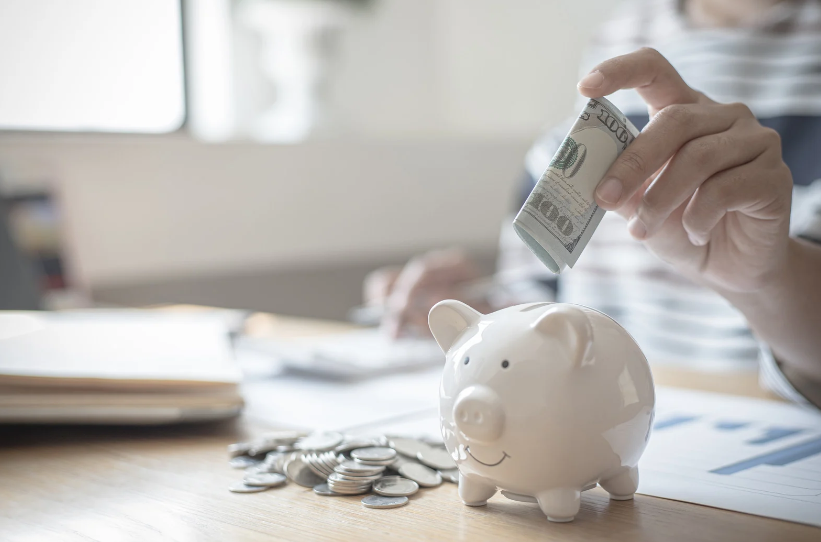In an unpredictable world, financial stability and security are paramount. Imagine having a safety net that can shield you from life’s unexpected storms – that’s precisely what an emergency fund provides. In this article, we’ll explore the importance of building and maintaining an emergency fund, how to create one, and how it can be your financial lifeline in times of need.
What Is an Emergency Fund?
Definition
An emergency fund is a dedicated savings account designed to cover unforeseen expenses such as medical bills, car repairs, job loss, or unexpected home repairs. It acts as a financial cushion, preventing you from falling into debt when unexpected financial challenges arise.
Importance of an Emergency Fund
1. Financial Peace of Mind
Having an emergency fund can bring peace of mind, knowing that you’re prepared for unexpected expenses. No more sleepless nights worrying about how to pay for a sudden crisis.
2. Debt Prevention
Without an emergency fund, many individuals resort to using credit cards or taking out loans when faced with emergencies. This can lead to a cycle of debt that’s challenging to break.
3. Economic Downturns
During economic downturns or job loss, an emergency fund can bridge the gap between paychecks, ensuring you can cover essential expenses until your situation stabilizes.
How to Build an Emergency Fund
Setting Financial Goals
1. Determine Your Target
Start by setting a specific financial goal for your emergency fund. Many experts recommend saving at least three to six months’ worth of living expenses.
2. Create a Budget
Review your monthly expenses and create a budget that allocates a portion of your income to savings. Treat your emergency fund as a non-negotiable expense.
Choosing the Right Account
1. High-Yield Savings Account
Consider opening a high-yield savings account for your emergency fund. These accounts offer better interest rates, helping your savings grow faster.
2. Separate Account
To prevent accidental spending, keep your emergency fund in a separate account from your regular checking and savings.
Consistency Is Key
1. Automated Deposits
Set up automated transfers to your emergency fund account, ensuring you consistently contribute to it each month.
2. Windfalls and Bonuses
Whenever you receive windfalls like tax refunds or work bonuses, consider allocating a portion to your emergency fund.
When to Use Your Emergency Fund
True Emergencies
It’s essential to distinguish between genuine emergencies and non-urgent expenses. Your emergency fund should only be tapped into for unforeseen crises like medical emergencies, unexpected job loss, or major home repairs.
Conclusion
In a world filled with financial uncertainties, having an emergency fund is like carrying an umbrella on a cloudy day. It offers protection and peace of mind when life throws its curveballs. So, start saving today to secure your financial future and ensure that you’re prepared for whatever rainy days may come your way.





